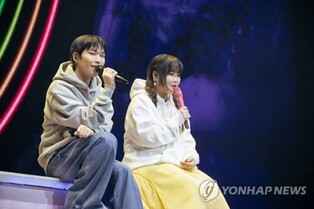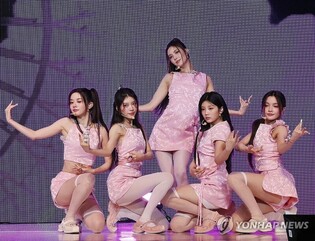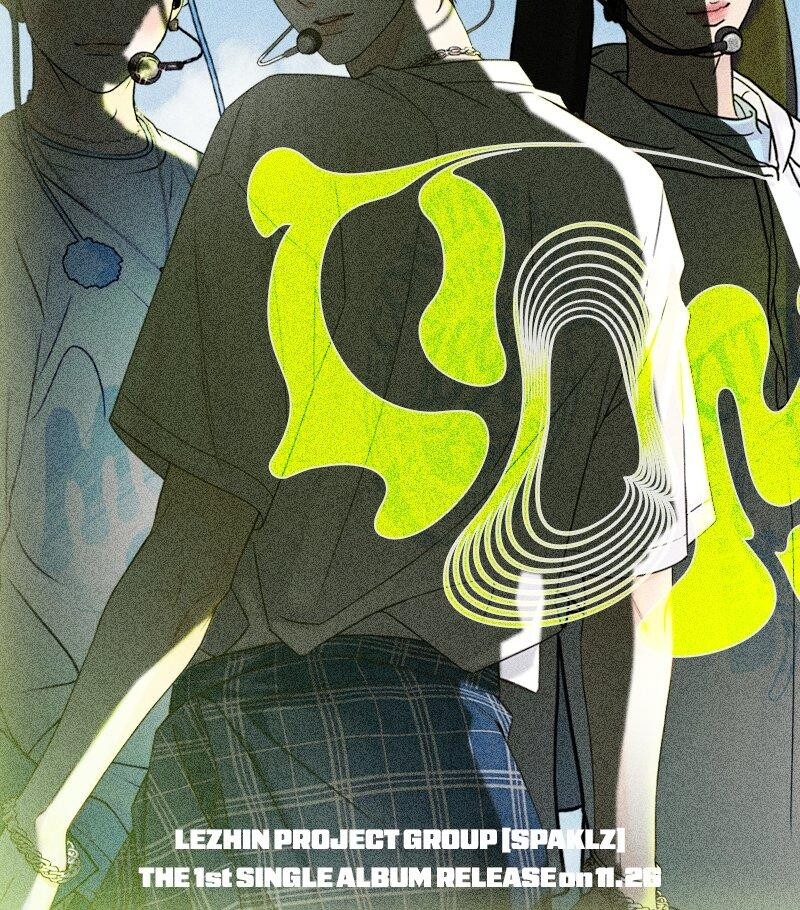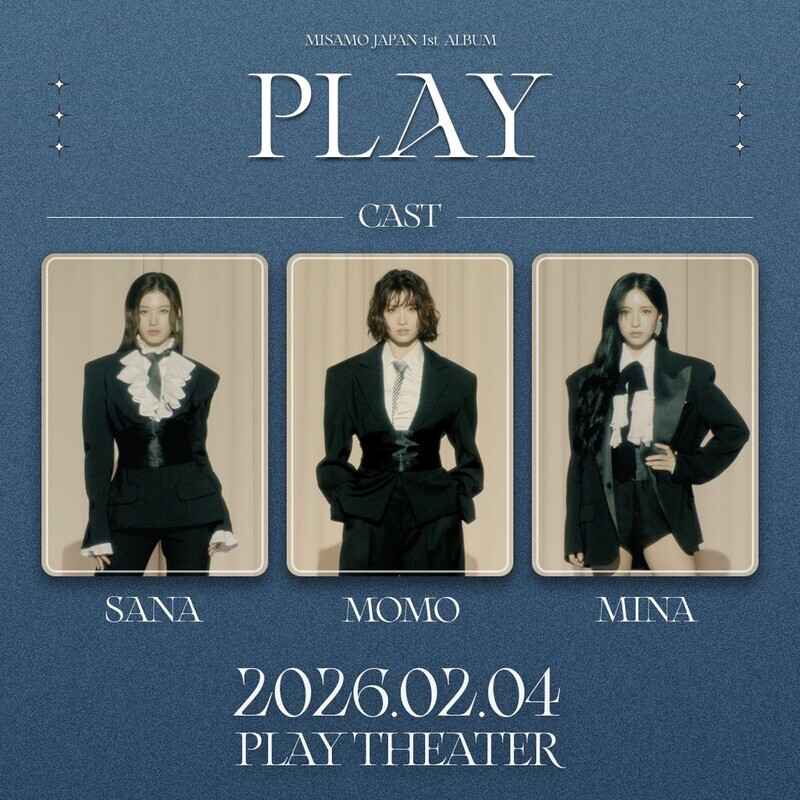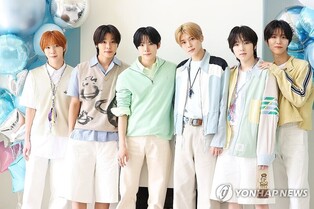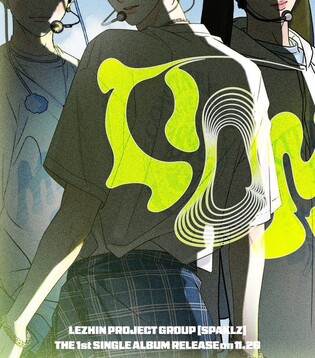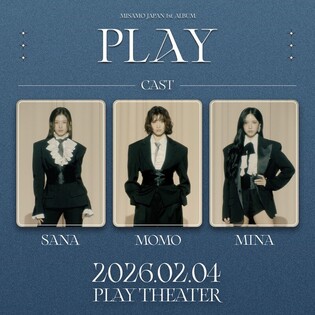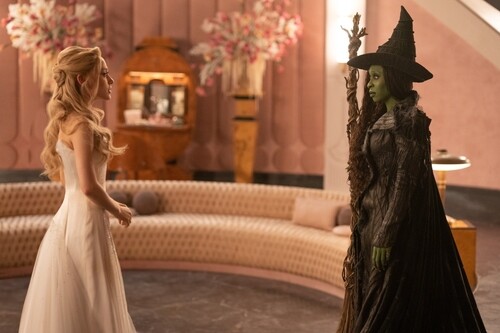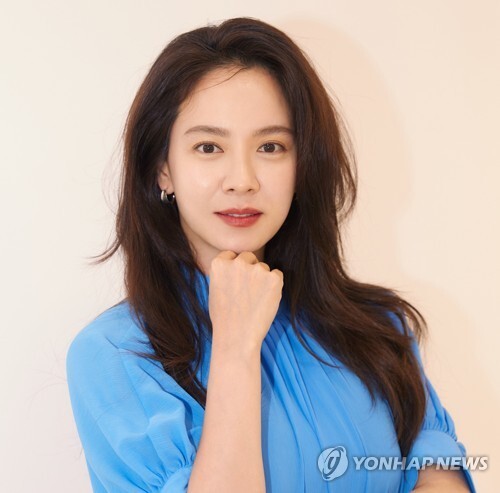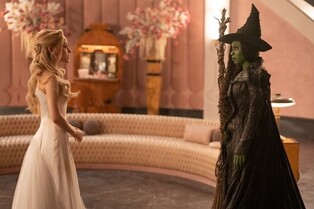Editor's Note: According to the Korea Foundation's 2024 report, there are nearly 225 million Hallyu (Korean Wave) fans worldwide. With the advent of the "Digital Silk Road," transcending time and space, we are entering the era of "Hallyu 4.0." To help readers gain a fresh perspective on Korean culture and K-culture, the Yonhap News K-Culture Team has prepared a series of expert columns.
Shin Jong-geun's 'K-Liqueur' Story: Munbae-ju, a Thousand-Year-Old Heritage
Contributed by Shin Jong-geun, exhibition planner and columnist (author of "Art and Liquor")
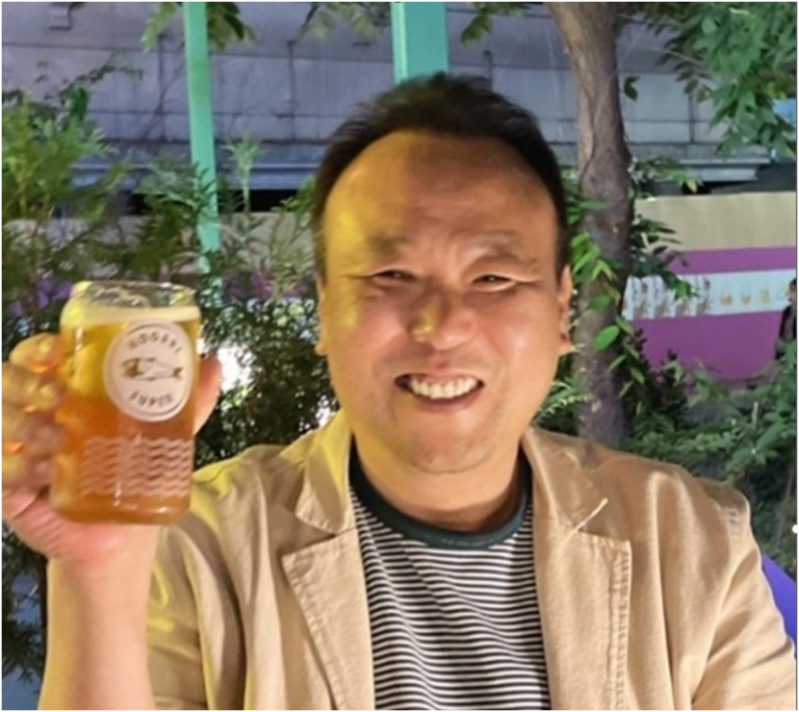
Munbae-ju is a traditional liquor from the Pyongyang region, believed to have been passed down since the Goryeo Dynasty.
According to a 2004 publication by the National Research Institute of Cultural Heritage titled "Munbae-ju: Important Intangible Cultural Heritage No. 86-1," there is an oral tradition that Munbae-ju was brewed along the banks of the Daedong River in Pyongyang. It is said that during the reign of King Taejo of Goryeo, courtiers presented the king with fine liquors to gain favor, and the courtier who offered Munbae-ju received the highest position.
 |
| ▲ This undated photo of Korea's Munbae-ju is provided by the Korean Culture and Information Service. (PHOTO NOT FOR SALE) (Yonhap) |
There is also a legend from the mid-Goryeo period related to Munbae-ju, involving the poet Kim Gi-won. The story goes that Kim Gi-won enjoyed a poetic gathering with friends at Yeongwangjeong by the Daedong River, where they indulged in Munbae-ju. Inspired by the liquor, Kim composed a poem, writing, "To the east of Daedong, endless mountains stretch on, while on one side, the river flows gently by (大野東頭點點山 長城一面溶溶水)." After taking a break and asking a nearby gisaeng (female entertainer) to pour more Munbae-ju, it was discovered that the drink was all gone as the fellow poets had finished it off. Kim then threw down his brush, saying, "With no more drink, my poetic inspiration fades."
While additional references to Munbae-ju in other historical texts from the Goryeo period are scarce, it is clear that the drink boasts a history of over a thousand years. The name Munbae-ju derives from the fact that the liquor is said to carry the fragrance of Munbae (wild pear). Known as a royal drink since the Goryeo era, Munbae-ju has also been traditionally served to distinguished foreign guests in modern times, including U.S. President Bill Clinton and Soviet President Mikhail Gorbachev during their visits to Korea.
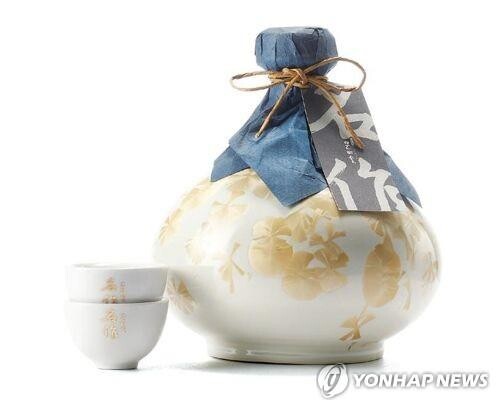 |
| ▲ Munbae-ju served at the inter-Korean summit - Yonhap News file photo |
In 2000, Munbae-ju was served at the inter-Korean summit, during which Chairman Kim Jong-il remarked, "Munbae-ju must be made with water from Juamsan in Pyongyang to achieve its true flavor."
 |
| ▲ President Kim Dae-jung looking at Munbae-ju during the 2000 inter-Korean summit - Photo source: National Research Institute of Cultural Heritage |
The liquor was also chosen for the banquet at the first inter-Korean summit in 2018. Today, Munbae-ju is preserved by Master Lee Ki-chun, who was designated as the holder of this intangible cultural heritage in 1995. The tradition of Munbae-ju was passed down by his great-grandmother, Mrs. Park, within the Jeonju Lee clan's family, known as Pyongjangsa-gongpa, as a secret and home-brewed liquor.
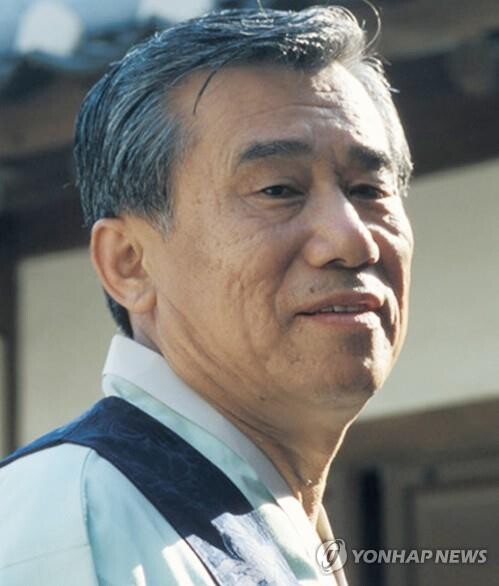 |
| ▲ Lee Ki-chun, designated master of Munbae-ju - Yonhap News file photo |
Master Lee Ki-chun’s grandfather, Lee Byeong-il, established the "Pyeongcheon Brewery" in Gamhung-ri, Pyongyang, and began producing Munbae-ju in earnest. His son, Lee Gyeong-chan (1915-1993), continued the tradition, expanding the brewery and producing both Munbae-ju and Gamhongro. During the Korean War, Lee Gyeong-chan moved to South Korea, where he set up the Daedong Brewery near Mia-ri and created a Munbae-ju variant called "Geobukseon" (Turtle Ship).
 |
| ▲ Lee Gyeong-chan, the Munbae-ju master, holding a distillation vessel. Seoul, November 22, 1986. |
Production was halted due to the Grain Management Act but resumed in 1982 when the Cultural Heritage Committee began investigating traditional liquors. By the end of 1986, Munbae-ju, along with Myeoncheon Dukgyeonju and Gyodong Beobju, was designated as Intangible Cultural Heritage No. 86.
In 1990, taking advantage of this designation, Lee Gyeong-chan resumed brewing Munbae-ju at his home in Yeonhui-dong. He passed down the craft of Munbae-ju to his eldest son, Master Lee Ki-chun, and the craft of Gamhongro to his second son, Master Lee Gi-yang. (After Master Lee Gi-yang’s passing, Gamhongro was passed to Master Lee Ki-chun's youngest daughter, Lee Ki-sook, who continues the tradition today.)
In 1993, after Lee Gyeong-chan's death, Master Lee Ki-chun, who had been working at a major corporation and learning the art of brewing, left his job to continue making Munbae-ju. He established a Munbae-ju brewery in Gimpo and is now passing the craft to his son, Lee Seung-yong, to continue the family legacy.
Munbae-ju is named after the Munbae tree, which produces a wild pear with a distinctive fragrance. However, unlike most traditional Korean liquors that use rice, Munbae-ju is uniquely made with nuruk (fermentation starter) made from sorghum, millet, and whole wheat. The brewing process involves considerable effort and time. First, a 'ju-mo' (starter) is prepared by mixing nuruk powder with water and adding well-cooked Mejo rice. After five days of fermentation, steamed glutinous sorghum is added as a second fermentation, followed by distillation after ten days. The liquor is then aged in a cool place at about 25°C for a year to develop its true flavor.
Munbae-ju has adapted over time, reducing its alcohol content from 40° to 23° and 25° for packaging in transparent glass bottles to be sold in general stores.
 |
| ▲ Munbae-ju set. |
Efforts to collaborate with prominent figures such as painter Jang Uk-jin (1918-1990) also highlight Munbae-ju's adaptability and ongoing relevance.
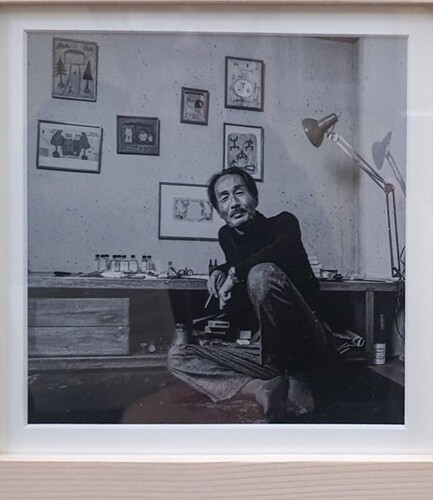 |
| ▲ Jang Uk-jin - Jang Uk-jin Art Museum. |
Among the second-generation artists who represent modern and contemporary Korean art, Jang Uk-jin is celebrated alongside Park Soo-keun, Lee Jung-seob, and Kim Whanki. His artwork "Il-il Si-ho-il" (Every Day is a Good Day) reflects the joy and positivity of each passing day.
The dedication to preserving the taste and aroma of Munbae-ju over five generations harmonizes beautifully with Jang’s artwork, which epitomizes a life lived with simplicity. Recently, the Yangju City Jang Uk-jin Art Museum and Munbae-ju Brewery have collaborated to release a limited edition of 10,000 bottles of Munbae-ju art-packaged bottles.
 |
| ▲ Jang Uk-jin, "Playing with Gonggi", 1938 - National Museum of Modern and Contemporary Art, Lee Kun-hee Collection. |
Jang Uk-jin is renowned for his use of domestic and everyday themes such as houses, family, children, trees, and birds, rendered in a bold and simplified composition with his unique color palette, earning him the title of "painter of childlike innocence."
He also had a deep appreciation for alcohol. In his essays, Jang Uk-jin wrote, "I lived 40 years with painting and drinking. Painting is my work, and drinking is my relaxation. The human body must be used up in this world. Living is about consumption. I intend to use my body and mind entirely for painting until I die. The remaining time will be spent drinking, and I will never do anything considered good for the body. One can’t accomplish anything by merely taking care of oneself."
Thus, his preference for soju and his artwork have met with Munbae-ju, Korea's top traditional liquor, enhancing each other's value even 30 years after his death.
 |
| ▲ Munbae-ju Heritage. |
(C) Yonhap News Agency. All Rights Reserved


















